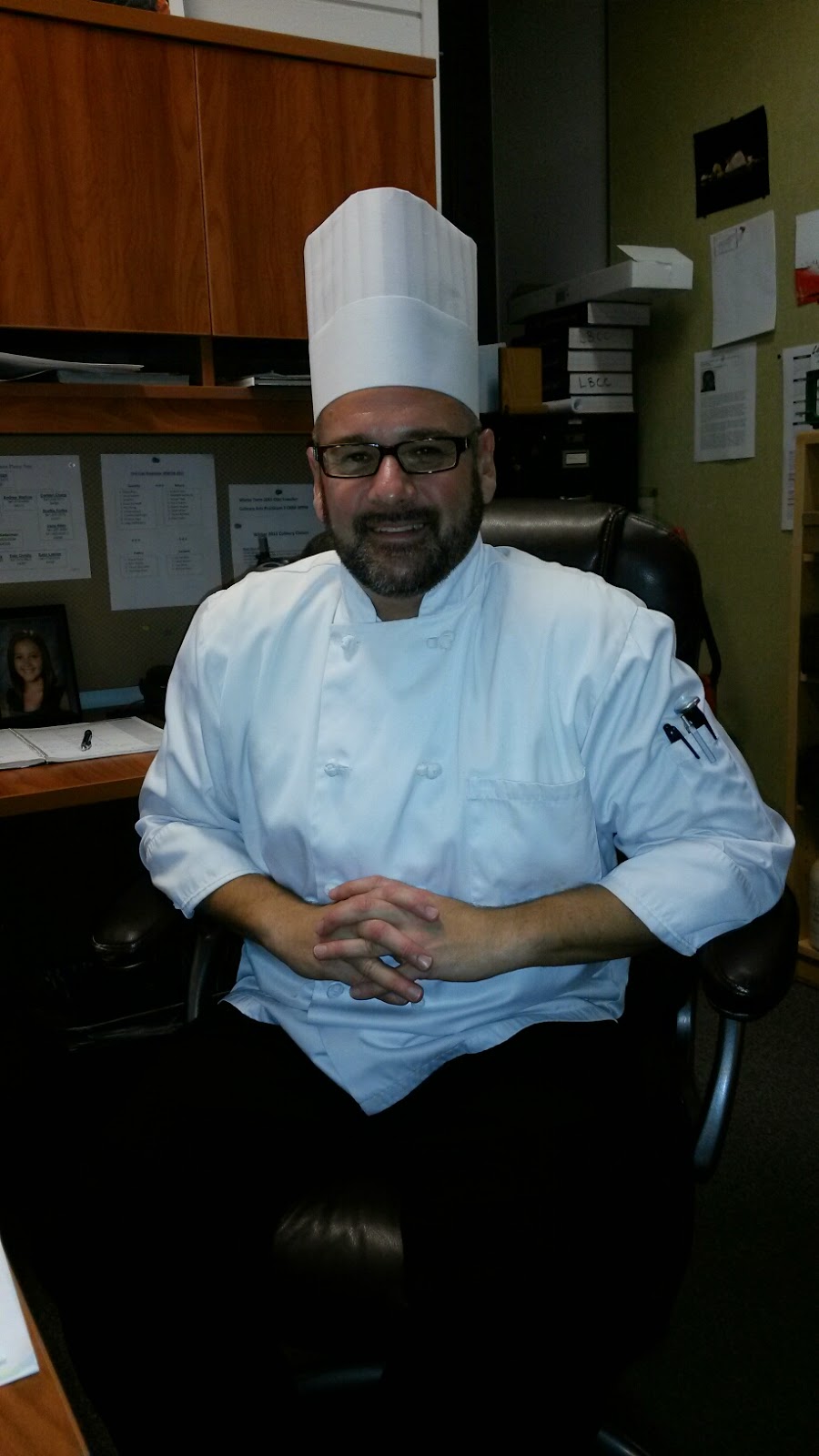Everyone needs help at some point in their lives. At
LBCC you can get that help. Check out the Center for Accessibility Resources if
you feel that you may need accommodations for a disability.
The Center for Accessibility Resources (CFAR), formerly known as the Disability Services Office, is a program run by Carol Raymundo at
Linn-Benton Community College. It's located at Red Cedar Hall, room
105.
As soon as you know you are going to attend college and
feel you may need some help in being successful, you can contact CFAR. There you will meet with Raymundo,
and work together to see if you qualify for accommodations, with or without
documented proof. This is an individualized program in which they consider
all your needs.
What they do is work on a case-by-case base. If a student
doesn't have documentation but can clearly identify where their learning is
impacted, they then can try some accommodations. That's according to the National
Disability of Higher Education guidelines.
They also have a Support Lab, where you can test in a
quiet atmosphere.
CFAR has so far this year (2014-2015) accommodated over 682 students with over 1,103 accommodations, and that was only four weeks into the Winter Term. This number grows thoughout the year.
Students who may need some accommodations, first need to
plan ahead, making sure they know how they are going to attend college, and how they are going to pay
for it. Students should have already taken their placement tests.
Students then can either go in person or apply online
at www.linnbenton.edu/cfar, to get started with requesting accommodations. Then they meet with Raymundo and see what accommodations are available.
CFAR has many accommodations, such as accessible formats,
classroom/lab accommodations, curriculum accommodations, testing accommodations
and for the deaf/hard of hearing.
Raymundo works with students to see what accommodations are needed, then they put the plan together and try different things for students.
CFAR also provides accommodations to students who may not be
able to keep up.
Raymundo said, “Center for Accessibility Resources isn't
a scary place. We hope students feel comfortable coming here. We want to make
sure that if they have questions, they are able to ask them, and feel like they
can.”
Changing the name to CFAR was a consideration, not a
requirement, she said. This was done so students would feel more comfortable in asking
for accommodations.
CFAR has the Support Lab located at RCH, room 114. Once
students receive their accommodations, they can get started with scheduling
their tests. Jennifer Walker will be there to set appointments for them.
Students will get their syllabus on their first day, which is where they can find all their test dates. This is what you will use to schedule your tests.
Walker said, “It is very important that you start
scheduling your test the first week of school, especially finals, because the
testing area fills up fast.”
The Support Lab has quiet with no distractions cubicles.
There are two types of cubicles, one that has desks facing the door with a
window, and one without a window so that there are no distractions.
Students must first be registered with CFAR for quiet
testing, and then students must fill out the form that states what
accommodations they intend to use.
Once the appointment has been set, students will give the
form to their instructor. The instructor will fill their part out and take the
test to the lab before the date set to test.
Walker said, “Anyone can use the Support Lab. You don’t
have to have accommodations. If you just want a place to get away from the
stressful college atmosphere, come here, use the computers, go on Facebook,
play a game, just take a break. Just not during finals week, because they are
full.”
At a Glance
What: Center for Accessibility Resources at LBCC
When: As soon as you know you are going to attend college
Who: Carol Raymundo, Coordinator for CFAR
Where: Red Cedar Hall, room105, or online at www.linnbenton.edu/cfar
Why: To have equal access for education. So if you need any help in learning, contact Raymundo at CFAR or go online.
What: Center for Accessibility Resources at LBCC
When: As soon as you know you are going to attend college
Who: Carol Raymundo, Coordinator for CFAR
Where: Red Cedar Hall, room105, or online at www.linnbenton.edu/cfar
Why: To have equal access for education. So if you need any help in learning, contact Raymundo at CFAR or go online.

Support Lab




